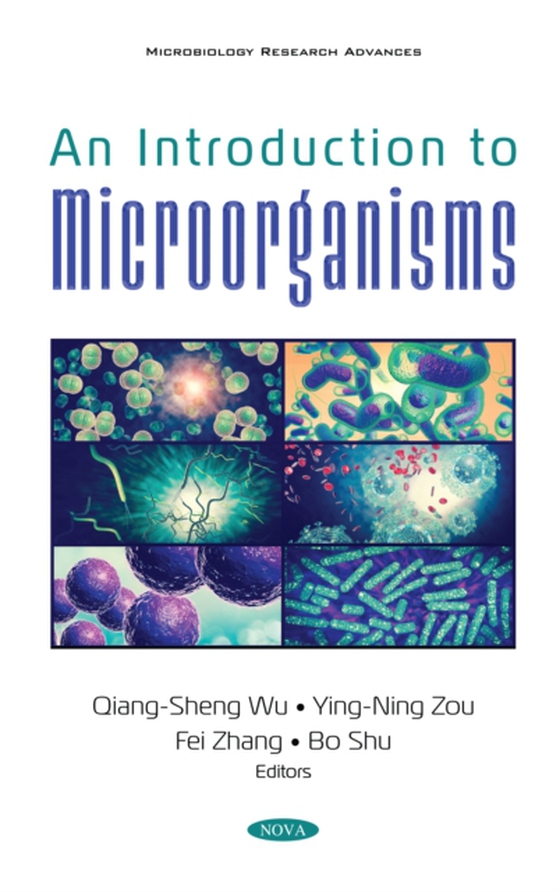
Introduction to Microorganisms e-bog
2190,77 DKK
(inkl. moms 2738,46 DKK)
Microorganisms include bacteria, actinomycetes, yeasts, molds, and viruses, among which bacteria are the most prevalent in nature, accounting for 90%-95% of microorganisms. Some microorganisms are visible to the naked eye, such as mushrooms, Ganoderma lucidum, etc. Other microorganisms are "e;acellular organisms"e; composed of a few components, such as nucleic acids and proteins. Microo...
E-bog
2190,77 DKK
Forlag
Nova
Udgivet
24 november 2020
Længde
291 sider
Genrer
Microbiology (non-medical)
Sprog
English
Format
pdf
Beskyttelse
LCP
ISBN
9781536189513
Microorganisms include bacteria, actinomycetes, yeasts, molds, and viruses, among which bacteria are the most prevalent in nature, accounting for 90%-95% of microorganisms. Some microorganisms are visible to the naked eye, such as mushrooms, Ganoderma lucidum, etc. Other microorganisms are "e;acellular organisms"e; composed of a few components, such as nucleic acids and proteins. Microorganisms are tiny and closely related to humans, comprised of a variety of beneficial and harmful species. The new coronavirus (2019-nCOV) that broke out in 2019 is a large virus family that is highly infectious. The rapid spread of 2019-nCOV globally has made the public recognize the importance of microorganisms in medicine, as well as their involvement in food, industry, agriculture, environmental protection, sports and many other fields. The present book revolves around the introduction to microorganisms and reviews relevant achievements in the field. The book is arranged in six important sections, including (i) quantitative optical microscopy in microbiology, (ii) introduction to important yeast genera in food biotechnology, (iii) nitrogen fixation and plant growth promotion by rhizobia with major emphasis on soybeans in Asia, (iv) endophytic fungus Piriformospora indica and its interaction with horticultural plants, (v) biodiversity of arbuscular mycorrhizal fungi in tropical Indonesia, and (vi) root rot and continuous cropping obstacles. This book provides important support for graduate students and researchers in the study of microorganisms while summarizing some new advances, particularly in rhizobia.
 Dansk
Dansk

